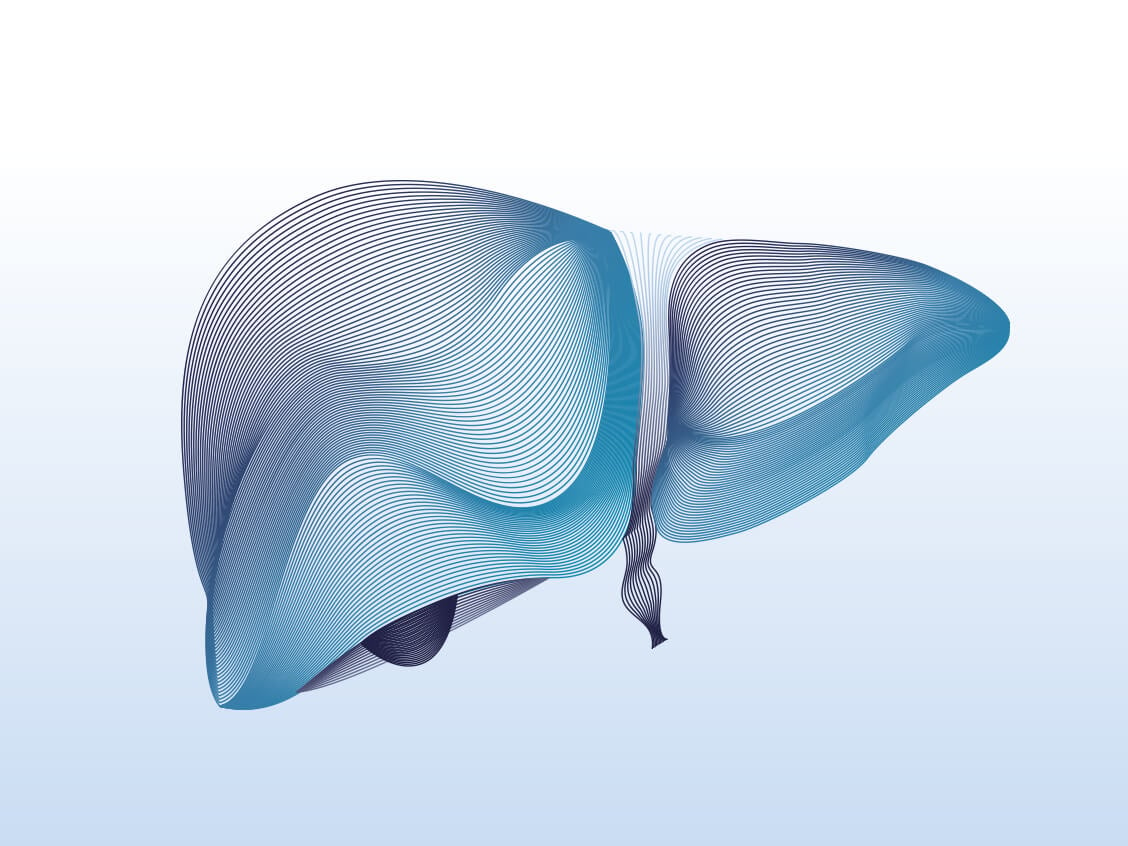- HUMAN Diagnostics Worldwide
- Lab Professionals
- Trends & Topics
Cholinesterase activity tests offer a clear therapeutic path to those exposed to pesticide poisoning.

Cholinesterase activity tests offer a clear therapeutic path to those exposed to pesticide poisoning. This simple blood-based diagnostic test also predicts post-anesthetic apnea complications.
What is Cholinesterase?
Cholinesterase is a crucial enzyme for neural transmission at neuromuscular junctions. It hydrolyses acetylcholine into acetic acid and choline to end the neural transmission across the synapse at the neuromuscular junctions.
Depending on their preference for substrates, two variants of cholinesterase enzymes are found in the human body.
- Acetylcholinesterase (AChE) hydrolyses acetylcholine, which is majorly found in the central nervous system, erythrocytes and lungs.
- Pseudocholinesterase (PChE), also known as Butyrylcholinesterase or Serumcholinesterase, hydrolyses butyrylcholine. It is found in the plasma fraction of blood and in liver, pancreas and heart.
Why measure cholinesterase activity in blood?
Pseudocholinesterase (PChE) enzyme activity in blood is a convenient biomarker reflecting various clinical scenarios such as:
a) Pesticide exposure
Organophosphate- and Carbamate-based pesticides inhibit cholinesterase, thereby rendering it unable to breakdown acetylcholine and stopping overstimulation of the muscle. Repeated and unchecked firing of nerve signals at the neuromuscular junctions can cause uncontrolled, rapid twitching of some muscles, paralyzed breathing, convulsions, and in extreme cases, death.
b) Post-anesthesia apnea due to inherited PChE varients
Some individuals inherit mutated PChE variants that result in lower enzymatic efficiency. These defective genetic variants cannot hydrolyze succinylcholine, a commonly used anesthetic. Such individuals go into prolonged apnea after succinylcholine type anesthesia and have a difficult time recovering from surgery. Therefore, it is important to identify individuals with lower serum cholinesterase activities before surgery.
c) Acute and chronic liver diseases (hepatitis, cirrhosis, metastasis)
PChE is synthesized in the liver. Its levels are typically reduced when the liver function is compromised. Therefore, PChE activity can accurately reflect liver performance
When measure cholinesterase levels?
Indications for cholinesterase testing:
- Suspicion of pesticide (organophposphate or carbamate) exposure to farm workers
- Monitoring farm workers frequently exposed to pesticides
- Identify patients with genetically inherited lower PChE activities before surgery, to prevent post-anesthetic apnea
- Liver function test in patients with chronic liver diseases
Related products
HUMAN's Cholinesterase Activity Test
With the HUMAN cholinesterase activity test, PChE activity is measured in blood serum. This test can be done manually or on HUMAN's automated clinical chemistry analyzers (e.g. HumaStar 300SR or HumaStar 600).
Reference ranges
| Sex | kU/l | µkat/l |
|---|---|---|
| Women | 3.92 – 10.8 | 65 - 180 |
| Men | 4.62 – 11.5 | 77 - 192 |
An elevated pseudocholinesterase (PChE) activity has no pathological significance.
References
(1) Mandour, R.A., Environmental Risks of Insecticides Cholinesterase Inhibitors. Toxicology International, 2013. 20(1): p. 30-34.
(2) Barta, C., et al., Analysis of Mutations in the Plasma Cholinesterase Gene of Patients with a History of Prolonged Neuromuscular Block during Anesthesia. Molecular Genetics and Metabolism, 2001. 74(4): p. 484-488.
(3) Strelitz, J., L.S. Engel, and M.C. Keifer, Blood acetylcholinesterase and butyrylcholinesterase as biomarkers of cholinesterase depression among pesticide handlers. Occupational and environmental medicine, 2014. 71(12): p. 842-847.
(4) Thomas, L., Cholinesterase, in Labor und Diagnose. 2012, TH-Books Verlagsgesellschaft. p. 65-71.
(5) Ogunkeye, O.O. and A.I. Roluga, Serum cholinesterase activity helps to distinguish between liver disease and non-liver disease aberration in liver function tests. Pathophysiology, 2006. 13(2): p. 91-93.
(6) Soliday, F.K., Y.P. Conley, and R. Henker, Pseudocholinesterase deficiency: a comprehensive review of genetic, acquired, and drug influences. AANA J, 2010. 78(4): p. 313-20.



